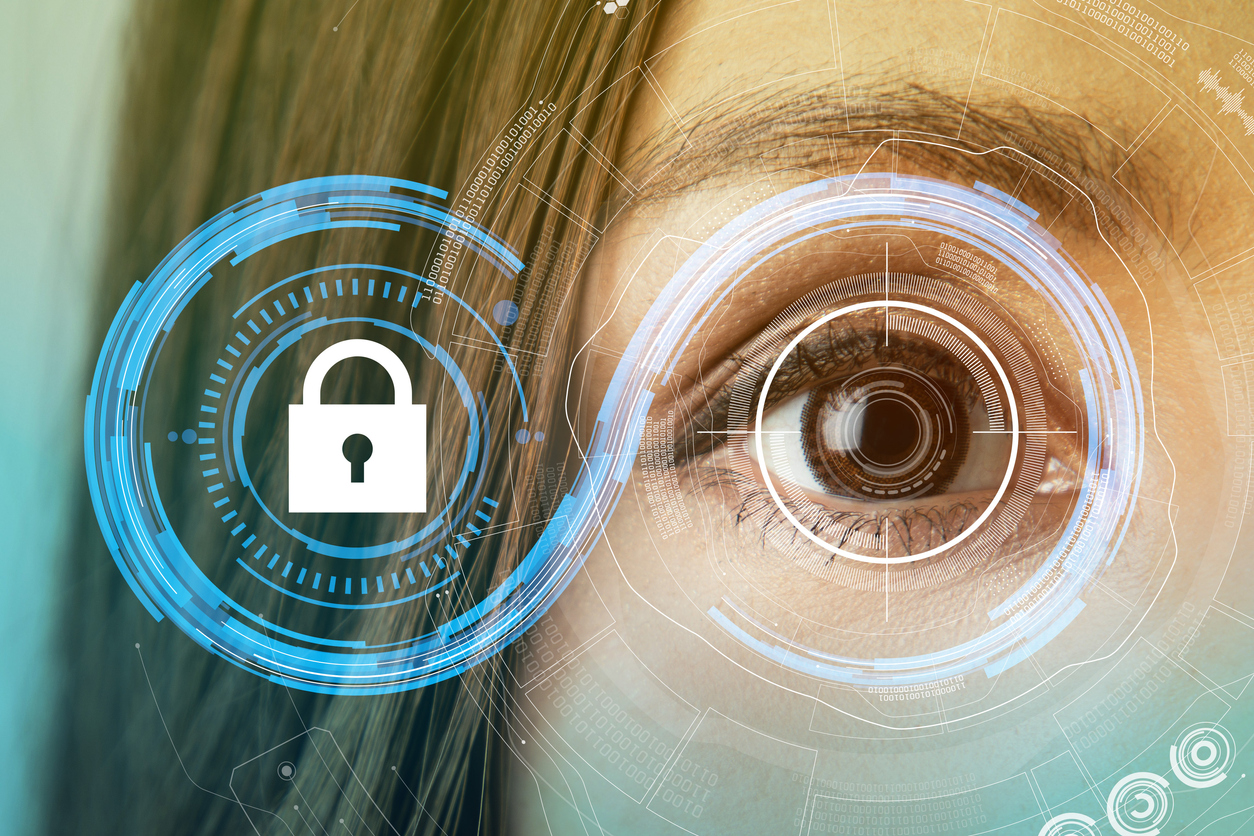You must have heard the word “Iris recognition” frequently used in the recent decade. It is a type of bio-metric recognition just like face recognition and fingerprinting however it is more advanced, reliable, efficient, and accurate as compared to its predecessor.
Iris recognition is currently used by government offices and other agencies to refrain unauthorized personnel from accessing confidential information and control panels meant to be used only by the staff. Even consumer mobile appliances are equipped with iris scanners nowadays.
If you are unfamiliar with the Iris Recognition and want to learn more about it then you are in the right place because in this article I’ll explain what Iris recognition is, how it works, what it is used for along with some of its pros and cons. So let’s start without further ado.
What is Iris Recognition Bio-Metrics?
Iris Recognition is a method that helps in identifying people based on the peculiar qualities of their iris. The visible and near-infrared light scans the unique patterns and colors present within the ring-shaped part that surrounds the pupil of the eye, called iris.
The iris of every person is unique and different. Each iris contains unique, complex patterns and various colors i.e. brown, gray, blue, violet, and even green, etc that are visible. This is a form of biometric recognition that is why it is called Iris biometric recognition.
How Does Iris Recognition Work?
High-resolution IR camera is used to take a detailed and sophisticated picture of a person’s iris. The camera uses visible and infrared light to scan the eyelids, the edge of the iris, the center of the pupil and, eyelashes, etc.
Then the patterns and colors of the iris are encoded into digitalized information. This digital information is then analyzed by a program named matching engine that either compares the iris of the subject to the iris patterns stored in the database of the computer for verification or stores the information in its database for future identification.
Mostly the IR cameras are mounted on the wall however some applications of Iris Recognition are also portable. The subject has to identify themselves by scanning their iris in such cameras.
What is it Used For?

Until recently Iris Recognition was less common as compared to face and voice recognition because it required specific hardware installations. However, the recent advancements in biometric technology have made Iris recognition technology more accessible.
It is usually used as physical access security check-up in high alert security places i.e. airports, and border deployment. This technology is also used to prevent unauthorized people from accessing control rooms and labs in various facilities and government offices.
Other than that it is also very much in demand in the mobile phones and the markets of other electronics. Samsung’s Galaxy Note7, Lumina 950XL, and various Windows phones are equipped with Iris scanners that provide increased security to the user.
Pros
Iris Recognition software is superior to voice and face recognition because it is very accurate and efficient.
It has countless advantages and pros that make it a suitable choice for tons of companies and governmental departments. Below I’ll be listing some advantages of Iris recognition.
1# Accuracy
Each individual has unique Iris and even the two eyes of one individual have different iris patterns. This contributes to the accuracy of Iris biometric identification.
Since the iris pattern of every person is unique, it is very hard to ditch the system. With Iris scanner, you can only be granted access if you are authorized personnel.
2# Contactless
It is necessary to be in close proximity to the iris scanner to allow it to scan and identify you. However, it is a contactless solution which makes it more hygienic as compared to other biometric solutions.
3# Flexible
Iris-Recognition is extremely efficient and flexible. It can even be used in the dark or at night because it uses an infrared camera.
It does not require adequate light as in face recognition. Since it is very flexible and scalable it has been used by the government and other agencies worldwide.
4# Liveness Detection
The advanced technology used in the iris scanner detects movement of the iris which identifies if the user is alive.
In short, it tries to gauge the liveness of the individual. This reduces the risk of unauthorized access through static images.
5# Fast Matching
It is one of the efficient, reliable, and fastest types of biometric identification.
Cons
Iris Recognition has several advantages but like everything else, it comes with some issues that need to be considered.
1# Distance
It might be a contactless technology but there is still a limit to the distance a person can stand from the iris scanner camera. This can be troublesome in some cases.
2# Movement
Even slight movement can be an issue with Iris-Recognition. The user has to remain as still as possible for the iris camera to work.
This is more of an issue with a handheld scanner as slight shaking of the hand can affect the scanning ability of the iris camera. The hand of the user has to remain steady so that the iris scanner can identify the iris.
3# Memory
It requires computer memory for data storage. However, advanced cloud-based storage solutions will solve this problem in the near future.
4# Costly
Iris biometric recognition can be more expensive than other forms of biometric identification because it requires the latest hardware and software solutions. Fingerprint and Facial Recognition are far more cost-effective and readily available.
Final Thoughts
Iris Recognition is the future of biometric recognition. There are tons of Iris-Recognition Projects that are working to improve the accuracy and functionality of iris scanners.
Soon, we’ll be seeing Iris scanner everywhere in place of the finger and face recognition biometric systems. So if you are looking forward to installing a biometric identification system, you should go for Iris Recognition.
For more similarly stories, please visit our Science category.
Author: Mehak











